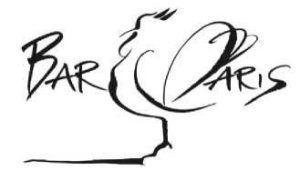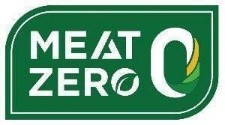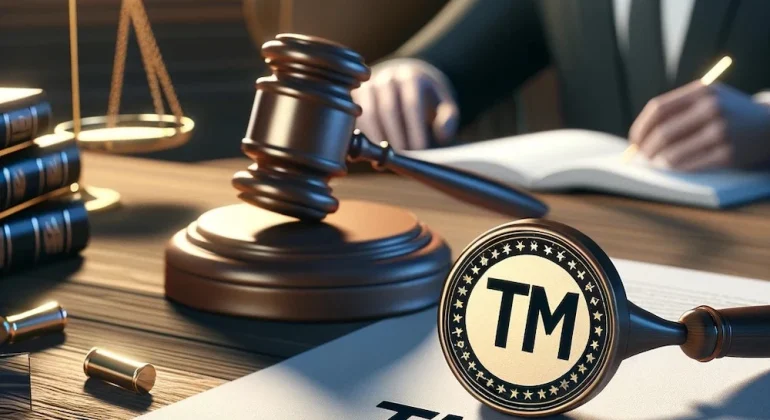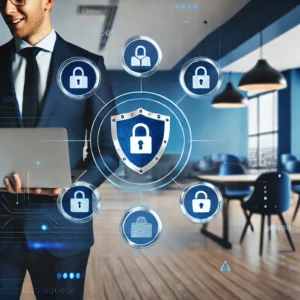Combating Counterfeiting: Organizing European Customs Surveillance
Counterfeiting represents a major challenge to modern economies. Each year, between four and twenty million counterfeit goods are intercepted by European customs, highlighting the extent of this phenomenon and the crucial importance of customs interventions in the fight against counterfeiting.
Extent of Counterfeiting and its Impacts
Although the collective imagination often associates counterfeiting with luxury products, statistics reveal a more nuanced reality. Toys rank first in the sad ranking of the most counterfeited products, followed by sports articles, empty packaging and labels, then food and beverages, which present significant risks to consumers. Clothing and accessories only come in fifth place. This diversity of products underscores the need for constant vigilance adapted to each category of goods.
Economically, counterfeiting represents a colossal threat, with a market valued at 410 billion euros, or 2.5% of global trade—far surpassing the drug trafficking market valued at 320 billion euros. Within the European Union, counterfeiting is estimated at 119 billion euros and accounts for 5.8% of imports. Beyond the economic impact, counterfeiting also harms the environment and public health, with products often manufactured under deplorable conditions and waste discharged into nature.
Legislation and Customs Actions
In the face of this challenge, the French Customs Code plays a predominant role. Article 414 provides for specific offenses such as smuggling and the importation or exportation of prohibited goods without declaration. These offenses lead to sanctions independent of those for counterfeiting.
The Code also grants customs extensive control powers, allowing them to conduct inspections on public roads, in businesses, and even, under certain conditions, in private homes.
Customs do not just control; they can also detain suspect goods. This detention can be initiated with or without a prior request for intervention by the rights holder. The verification process and the initiation of legal action are governed by strict deadlines (10 days if there is a request for intervention or 4 days without this document), thus providing a quick and effective response to combat counterfeiting.
Cooperation and Responsibilities
Collaboration between customs and rights holders is essential in determining whether goods are counterfeit. The goal is to decide whether to maintain the goods in retention.
However, in the event of seizure of non-counterfeit goods, the rules of liability are clear: customs may be held responsible for their employees’ errors, and rights holders may also be involved, according to applicable national law. This shared responsibility ensures a certain caution in seizure operations.
On a global scale, the fight against counterfeiting is supported by organizations such as the World Customs Organization and Interpol. At the European level, EUIPO, Europol, and OLAF (European Anti-Fraud Office) play a key role. Nationally, customs wield considerable power, often being the first to intercept goods upon their entry into the territory. Again, the cooperation is important.
Perspectives and Evolution
Counterfeiting is inseparable from other forms of criminality, such as drug trafficking and tax fraud, making its combat all the more complex and essential. By strengthening cooperation mechanisms and continuously adapting legislative measures, it is possible to hope for a significant reduction in this scourge. Vigilance remains crucial to protect consumers, support legitimate businesses, and preserve the integrity of global economic markets.
Dreyfus law firm, with its expertise in intellectual property law, is committed to continuing the fight against counterfeiting and contributes every day to stopping infringements on your trademark, designs, as well as domain names…
Dreyfus law firm is in partnership with an international network of lawyers specialized in Intellectual Property.
Contact us and join us on social media!





 v
v 







 At Dreyfus, we understand the critical importance of protecting and valuing your company’s intangible assets. This is why we offer tailored support through the IP Strategy Diagnostic, an initiative supported by Bpifrance.
At Dreyfus, we understand the critical importance of protecting and valuing your company’s intangible assets. This is why we offer tailored support through the IP Strategy Diagnostic, an initiative supported by Bpifrance.
